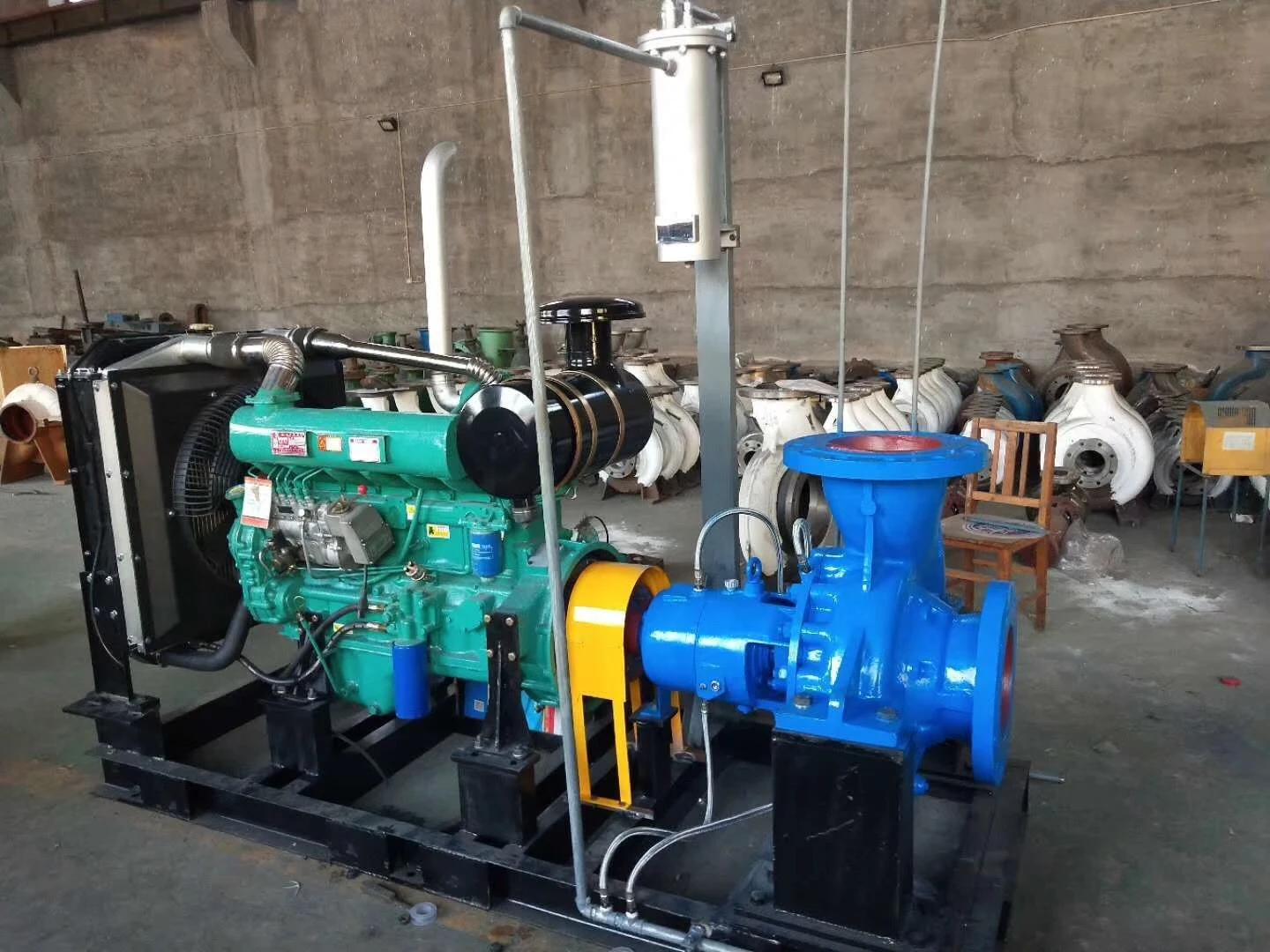TEL:
+86 13120555503
Sesotho
- Afrikaans
- Albanian
- Amharic
- Arabic
- Armenian
- Azerbaijani
- Basque
- Belarusian
- Bengali
- Bosnian
- Bulgarian
- Catalan
- Cebuano
- Corsican
- Croatian
- Czech
- Danish
- Dutch
- English
- Esperanto
- Estonian
- Finnish
- French
- Frisian
- Galician
- Georgian
- German
- Greek
- Gujarati
- Haitian Creole
- hausa
- hawaiian
- Hebrew
- Hindi
- Miao
- Hungarian
- Icelandic
- igbo
- Indonesian
- irish
- Italian
- Japanese
- Javanese
- Kannada
- kazakh
- Khmer
- Rwandese
- Korean
- Kurdish
- Kyrgyz
- Lao
- Latin
- Latvian
- Lithuanian
- Luxembourgish
- Macedonian
- Malgashi
- Malay
- Malayalam
- Maltese
- Maori
- Marathi
- Mongolian
- Myanmar
- Nepali
- Norwegian
- Norwegian
- Occitan
- Pashto
- Persian
- Polish
- Portuguese
- Punjabi
- Romanian
- Russian
- Samoan
- Scottish Gaelic
- Serbian
- Sesotho
- Shona
- Sindhi
- Sinhala
- Slovak
- Slovenian
- Somali
- Spanish
- Sundanese
- Swahili
- Swedish
- Tagalog
- Tajik
- Tamil
- Tatar
- Telugu
- Thai
- Turkish
- Turkmen
- Ukrainian
- Urdu
- Uighur
- Uzbek
- Vietnamese
- Welsh
- Bantu
- Yiddish
- Yoruba
- Zulu
Telephone: +86 13120555503
Email: frank@cypump.com
Feb . 12, 2025 19:47 Back to list
how does a double suction pump work
Understanding the inner workings of a double suction pump can greatly enhance one's appreciation for its unique capabilities and the advantages it brings in various industrial applications. At its core, a double suction pump is ingeniously designed to handle higher flow rates with greater efficiency compared to single suction counterparts. As such, it's a staple in large-scale operations, including those in waterworks, power plants, and other critical infrastructure sectors. Here, we delve deeper into the essential aspects of how a double suction pump operates, while emphasizing attributes that make these pumps indispensable in their field.
The expertise involved in designing and manufacturing high-quality double suction pumps lies in precision engineering and material selection. Manufacturers must balance numerous factors, including impeller design, casing geometry, and materials that can withstand the intended fluid's chemical properties and temperature ranges. Only with rigorous quality controls and a thorough understanding of hydraulic principles can manufacturers develop pumps that satisfy both performance and longevity requirements. Safety and maintenance are equally important when considering the overall utility of double suction pumps. With fewer axial loads, these pumps place less strain on mechanical components, reducing the likelihood of unscheduled maintenance and associated operational disruptions. This aspect of reliability is critical in applications such as municipal water services or industrial processing, where unplanned downtime could have significant ramifications. In conclusion, double suction pumps are a testament to advanced engineering, delivering exceptional performance, efficiency, and reliability. Their dual-suction design not only balances hydraulic forces but also enhances the pumping capacity while minimizing energy consumption and maintenance needs. These attributes make them the go-to choice for industries demanding robust and sustainable pumping solutions. As industries continue to evolve and seek more efficient technologies, the role of double suction pumps is poised to grow, underlining the importance of understanding their intricate workings and the continuous advancements shaping their development.


The expertise involved in designing and manufacturing high-quality double suction pumps lies in precision engineering and material selection. Manufacturers must balance numerous factors, including impeller design, casing geometry, and materials that can withstand the intended fluid's chemical properties and temperature ranges. Only with rigorous quality controls and a thorough understanding of hydraulic principles can manufacturers develop pumps that satisfy both performance and longevity requirements. Safety and maintenance are equally important when considering the overall utility of double suction pumps. With fewer axial loads, these pumps place less strain on mechanical components, reducing the likelihood of unscheduled maintenance and associated operational disruptions. This aspect of reliability is critical in applications such as municipal water services or industrial processing, where unplanned downtime could have significant ramifications. In conclusion, double suction pumps are a testament to advanced engineering, delivering exceptional performance, efficiency, and reliability. Their dual-suction design not only balances hydraulic forces but also enhances the pumping capacity while minimizing energy consumption and maintenance needs. These attributes make them the go-to choice for industries demanding robust and sustainable pumping solutions. As industries continue to evolve and seek more efficient technologies, the role of double suction pumps is poised to grow, underlining the importance of understanding their intricate workings and the continuous advancements shaping their development.
Share
Latest news
-
ISG Series Vertical Pipeline Pump - Chi Yuan Pumps | High Efficiency & Energy Conservation
NewsAug.08,2025
-
ISG Series Vertical Pipeline Pump|Energy Efficiency&Durability
NewsAug.08,2025
-
Heavy-Duty Submersible Sludge Pump | High Performance Solutions
NewsAug.08,2025
-
ISG Series Vertical Pipeline Pump - Chi Yuan Pumps | Energy Efficiency & Low Noise
NewsAug.08,2025
-
ISG Series Vertical Pipeline Pump - Chi Yuan Pumps | High Efficiency, Low Noise
NewsAug.07,2025
-
ISG Series Pipeline Pump-Chi Yuan Pumps|High Efficiency, Low Noise
NewsAug.07,2025










